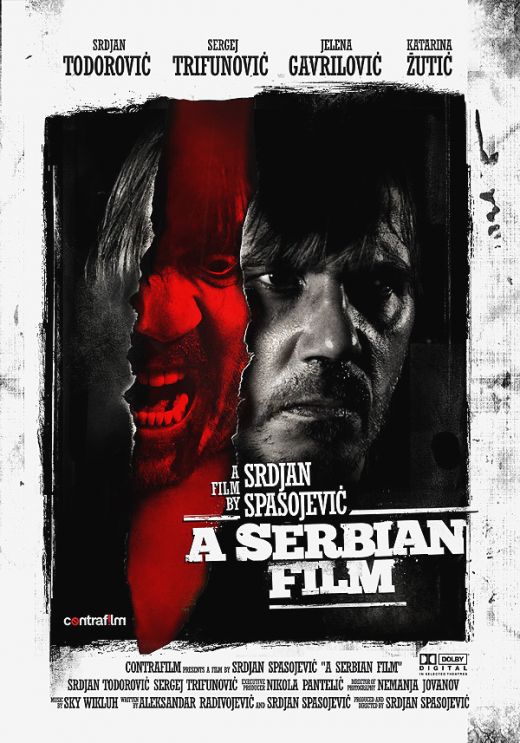Circa 1956: Mrs. Jones, a rather handsome woman, dressed conservatively in a simple, yet tailored woolen suit, sways to the anemic samba rhythm emanating from the hi-fi. She elegantly stirs a pitcher of chilled martinis with a tapered crystal stem; the intermittent ‘ting’ resonates as the stem knocks against the frosty container. Mr. Jones, looking equally smart, extends a delicate martini glass, to which Mrs. Jones adds a bulbous, pierced pearl onion and proceeds to pour the bitter liquid into said glass. He accepts the first sip favorably and, with a gesture not unknown to Mrs. Jones, grants a gentle peck on her usually stern, pursed coral-painted lips. Mrs. Jones responds in kind and with just the right amount of decorum, slips Mr. Jones the tongue.
Back then, this scene, as seen on television (for instance) would be considered controversial. Of course controversy being de-riguer today, a french kiss is simply passé. It is only logical to assume that as a society progresses its idea of what is controversial would progress as well.
The zeitgeist of the modern era is one of desensitization thanks, in part, to the role technology has played in in simultaneously achieving a level of social intimacy while being completely detached. This age of disassociation has raised the bar as to what is considered controversial. Film has always been a reflection of current society and the perfect medium to push boundaries, explore ideas, convey obscenities and test tolerance levels. In researching a variety of websites, some mainstream (IMDb, AMC, Time Out, etc.) and some dedicated to underground, independent films (Korsgaard Commentary, Ginger Musings, Rotten Tomatoes, etc.) there were a few titles that were consistently mentioned.
Civil War silent film “The Birth of A Nation” makes the list due to its extremely racist nature. The film tells the story of the dissolution of childhood bonds against the polarizing backdrop of the Civil War. The film, which portrayed historical events like the Civil War, Lincoln’s assassination and the rise of the Ku Klux Klan, arouses controversy mainly because of its negative depiction of African Americans and its positive message about the Ku Klux Klan. The film was actually used as a recruiting tool for the KKK. Debates about this film have re-emerged since it was added to the National Film Registry in 1993.
Any film that makes “Hostel” look like an episode of “Sesame Street” is definitely list-worthy. “A Serbian Film” has to take some measure of pride in being one of the films most often mentioned as one of the most controversial films ever. To hardcore horror fans, the plot is almost insignificant. Three words summarize the core of the movie: porn, snuff, torture. Writers Aleksander Radivojevic and Srdan Spasojevic felt the movie had a deeper message. “This is a diary of our own molestation by the Serbian Government,” Spasojevic said at the SXSW festival in Austin. You may have to sift through the blood and gore to find the profound message, but either way, the filmmakers merit a congratulatory pat on the back for creating any movie that can elicit such comments as “Some things you can’t unsee…”
Sergio Leone, infamous auteur of the spaghetti western and no stranger himself to blood and controversy, wrote a letter to director Ruggero Deodato in which he said, “Everything seems so real that I think you will get in trouble with all the world.” “Cannibal Holocaust,” another film that was mentioned on almost every list, is rumored to be the inspiration for “The Blair Witch Project” because of its documentary style of filmmaking. The subject, as the title so eloquently declares, is cannibalism; simple and to-the-point. The authenticity of this film compelled the public to believe that the actors were actually dead. The actors had to appear in a court of law to prove their existence. While I am a die-hard horror film fan, I do not espouse the actual killing of animals for cinematic purposes, which does occur in this film. Before those of you, not easily fazed, run to Netflix, may I just add a little disclaimer: there will be blood.
Police in Britain raided an uncut screening of this film in 1977. “Salò,” or “120 Days of Sodom,” distills sexual decadence and torture with a nod to Dante and the Marquis de Sade. Set in Mussolini’s fascist Italy of the 1940s, this film caused quite an uproar when it was released in 1975. Aside from the uncut screening in 1977, “Salò” had not been shown uncut to the public until six years ago when the British Board of Film Classification reclassified the movie. “Salò” garnered attention in America in the 1990s, when the owners of a Cincinnati video store (that carried the film) were arrested for “pandering.” The fact that the director, Pier Paolo Pasolini, was mysteriously murdered only weeks before its world premiere only adds to the film’s stigma.
If the controversial subject matter doesn’t get to you then perhaps the inaudibly low (28 Hz) frequency will. “Irreversible” can make the claim that it is one of the most “walked-out on movies ever.” However, it is still uncertain if that is because of the brutality or the fact that the frequency in the first 30 minutes causes nausea and vertigo. This story of exacting revenge was shot using the smallest existing 16mm camera, probably to convey a sense of intimacy with the audience and a sense of realism. I suppose that any film that can stimulate a physical response should make it to the top five.
Ask one person, anyone, and undoubtedly his or her idea of what is a controversial film will be different. If controversy is reflected in the evolution of society and culture, then, by that line of reasoning, our definition of controversy will continue to evolve. Violence, sodomy, torture and sadism may only elicit the type of response that we would nowadays give in observing Mr. and Mrs. Jones in their natural habitat, engaging in some vodka-fueled heavy petting.


